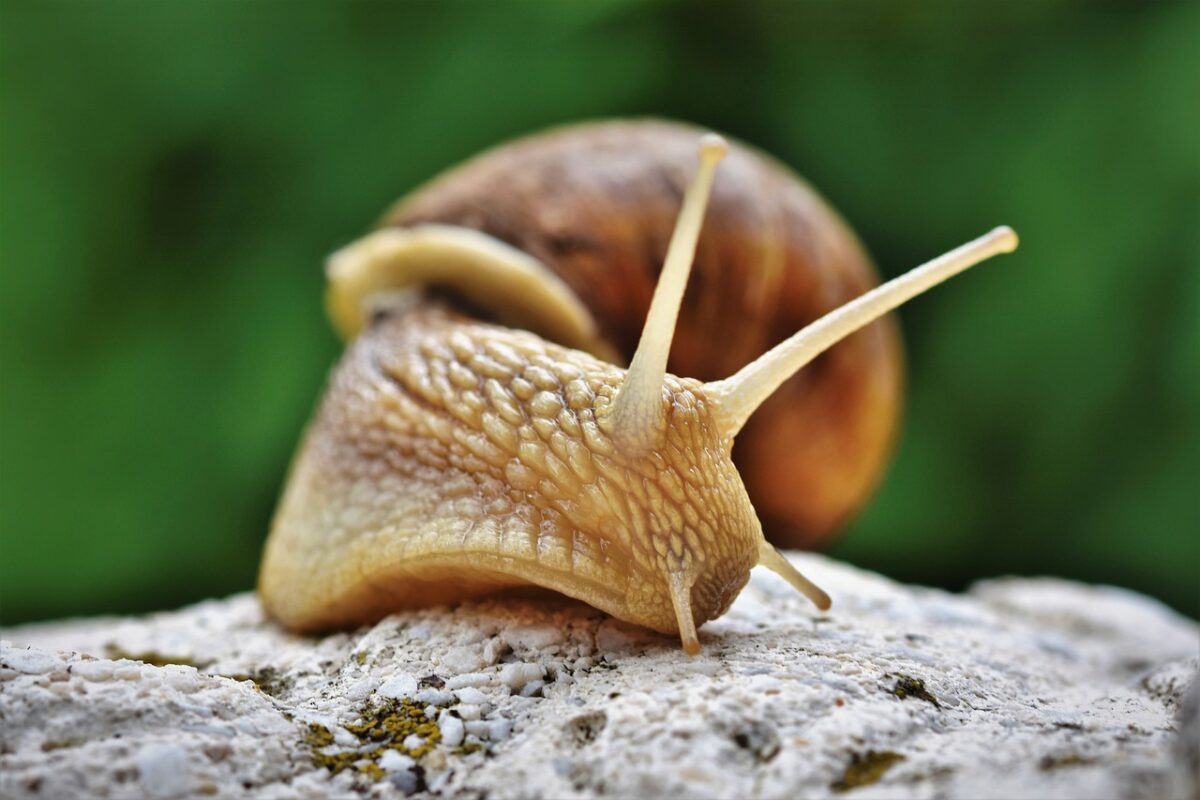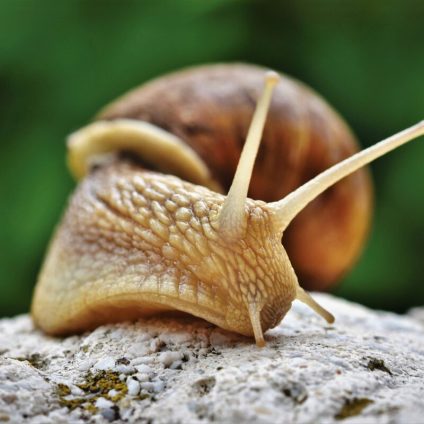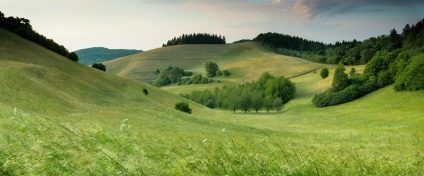A new NatureServe report reveals a looming mass extinction event across the US and Canada, with up to 40% of species and ecosystems at risk.

Alarming biodiversity loss across North America ecosystems
Between 30% and 40% of North America’s ecosystems are at risk, putting both wildlife and plant species in jeopardy. This potential mass extinction event, already unfolding, is backed by alarming data. Across the continent, 34 out of every 100 plant species and 4 out of every 10 animal species are considered at risk. Additionally, 41% of all habitats are facing large-scale collapse.
This warning comes from NatureServe, a conservation nonprofit backed by 50 years of data from both the United States and Canada. “Right now, species are going extinct faster than at any other point in human history,” said Sean T. O’Brien, president of NatureServe.
The numbers behind the mass extinction
Among the most threatened plant species are cacti and ferns. Of the 181 cactus species identified in North America, 48% are classified as vulnerable, endangered, critically endangered, or possibly extinct. Ferns are also in trouble, with 31% of species at risk, along with 27% of orchids.
On the animal side, freshwater snails are in dire condition: roughly half of all known species are either critically endangered or potentially extinct. Overall, 75% of freshwater snail species are under threat. Land snails show a similar figure, with 74% at risk. Mussels and crayfish are also under significant stress, with 68% and 55% of species respectively facing extinction.
“As a group, freshwater-dependent species, such as amphibians, snails, mussels, crayfish, and many aquatic insects ,show the highest levels of threat, underscoring the urgent need for conservation strategies to protect freshwater ecosystems,” the report notes. Among pollinators, bees are especially vulnerable, with 37% of evaluated species classified as at risk.
Habitat collapse across forests and prairies
While tropical ecosystems in the United States are all considered threatened, their limited size and distribution reduce their overall impact. The greater concern lies in temperate grasslands, boreal prairies, and shrublands. These ecosystems are described as “among the most threatened across the country,” with 51% of the 78 known prairie types at risk of full-scale collapse.
Temperate and boreal forests are also under pressure. In total, 40% of the 107 native forest types in the US are considered at risk, indicating the widespread vulnerability of North America’s major ecosystems.












